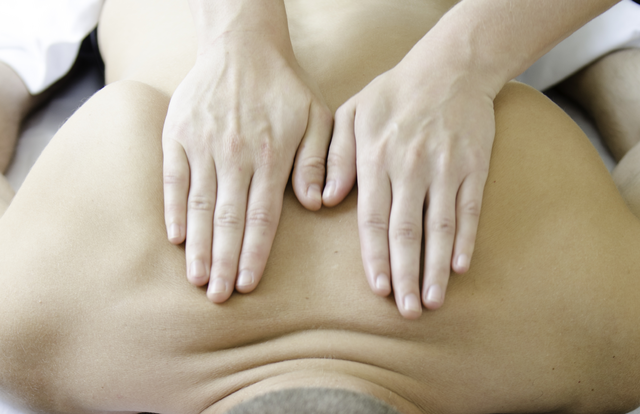
At Harmony Physiotherapy we offer Registered Massage Therapy. This form of treatment is beneficial in the healing of muscle aches and pains due to stress, dysfunction, injury, poor posture or day-to-day fatigue. The main motive of our massage therapists is to bring the body into proper alignment and increase pain free range of motion, thereby decreasing the amount of stress placed on the body. They use a number of different techniques to achieve their goals. Some of the techniques are:
Joint Mobilization
A technique used to decrease pain in a joint or increase overall range of motion. Unlike Chiropractic manipulations, joint mobilizations take the joint up to it’s greatest barrier and never past it.
Myofascial Release
Myofascial Release is a type of soft tissue therapy used to decrease chronic skeletal muscle pain and immobility. This type of treatment targets the connective tissue called fascia that surrounds the muscles and individual muscle fibers. Fascia can become restricted due to overuse, inactivity, trauma, or poor posture. By releasing these adhesions within the muscles and tissues, the aim of treatment is to improve blood and lymphatic circulation as well as relax contracted muscles.
Muscle Energy Technique
Muscle Energy Technique uses the client’s own muscle contractions to help lengthen and relax muscles while increasing normal joint range of motion. The therapist applies a controlled counter force while the client uses their own muscles to push slightly into the resistance. Once the client relaxes, the force is taken away and the joint is moved further into the specific direction until a restrictive barrier is felt, and the procedure begins again. Can be used on any joint in the body.
Swedish Massage
Swedish massage is the main modality that most therapists use in every treatment. Swedish massage usually begins each treatment by spreading either the oil or lotion in light or firm strokes over the body, using either the hands, forearms, elbows or fists. Swedish massage helps relax and ease tension, decrease pain, and increase circulation. It is also beneficial to use between some of the deeper, more intense treatment types as to not overstimulate the patient.
Trigger Point Release
A trigger point is a sensitive part of the fascia surrounding skeletal muscle, and is identified as a taut band or “knot” within the muscle. Trigger points may be cause by a number of factors such as muscle overload, activation from other trigger points, poor posture/muscle imbalances, direct trauma, collision trauma (such as a car accident), disease or infection. Trigger points can refer pain to different areas of the body, such as down the arm into the hand, or up the neck and into the head which can feel like a headache. Trigger point release is done by finding the taut band in a muscle and working those bands out with sustained pressure until the muscle returns to its natural state. Since trigger point release works deep into the tissue, some level of soreness post treatment is expected.
Frictions
Frictions are used to help facilitate the body’s natural healing response of tendons and ligaments. Since tendons are a poorly vascularized area of the body healing time can take longer. The goal of frictions is to cause an inflammatory response which creates a temporary analgesia, brings blood flow to the area, decreases adhesions, increases fibroblast proliferation (responsible for the regeneration of collagen in the tendon), and the realignment of collagen fibers along lines of stress.